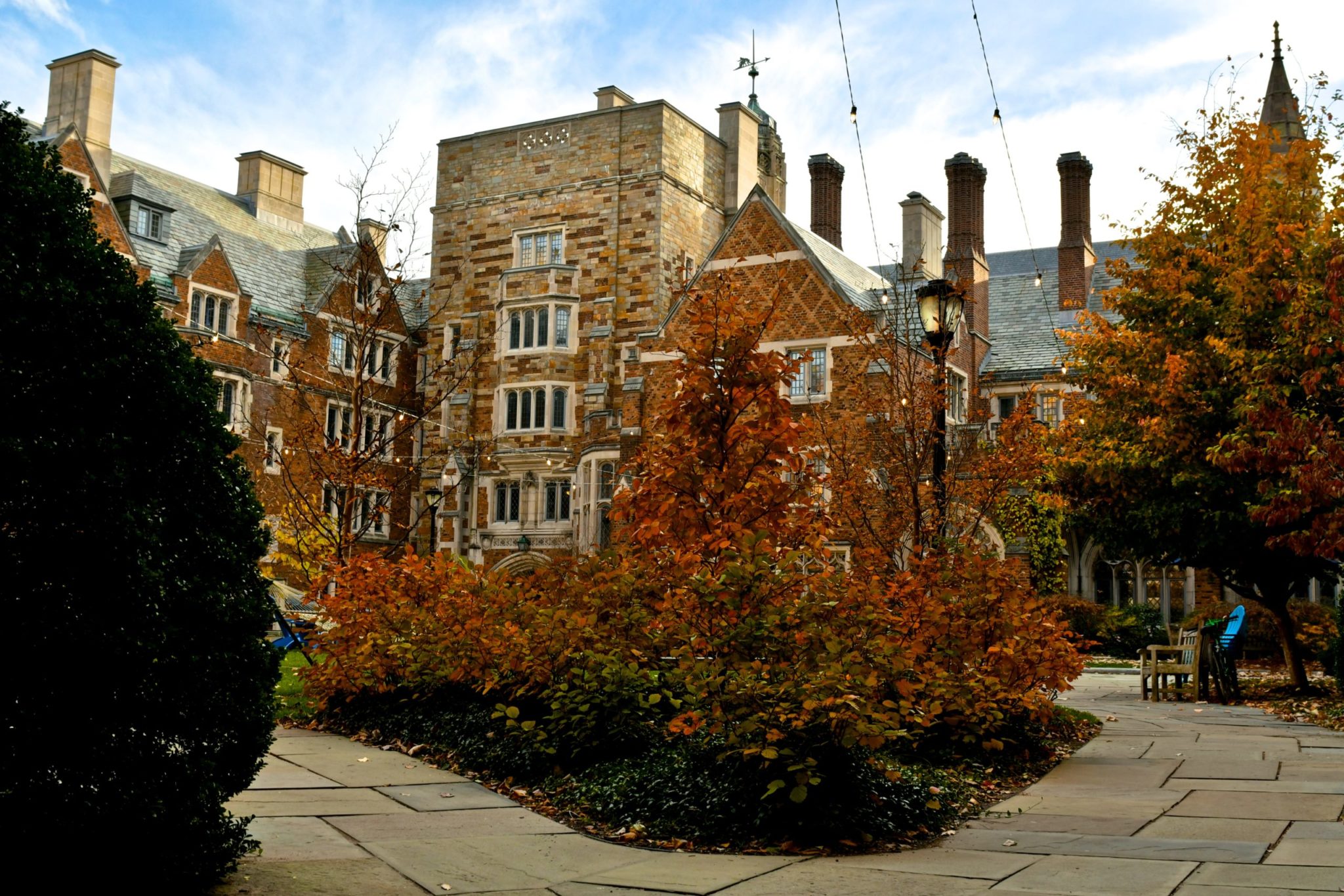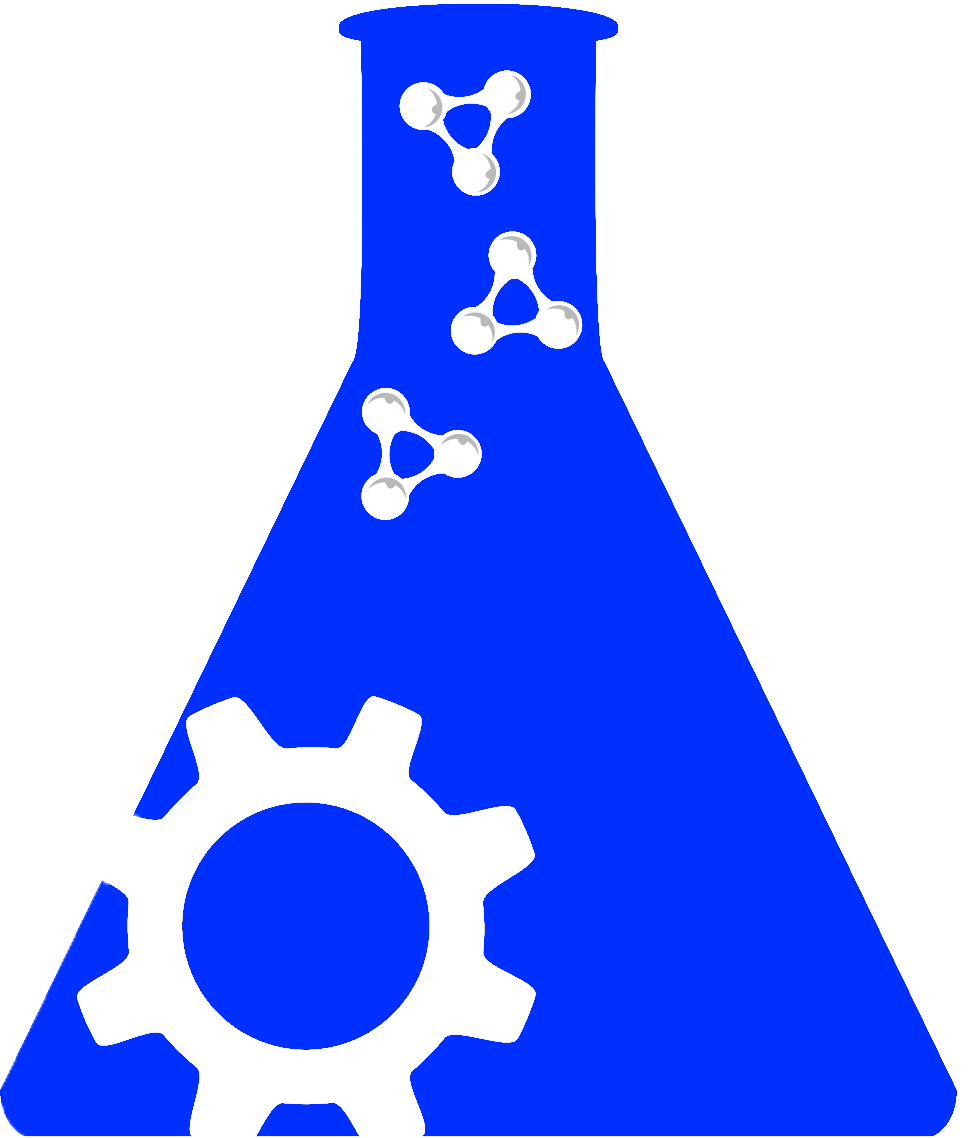X
X
Leaving Community
Are you sure you want to leave this community? Leaving the community will revoke any permissions you have been granted in this community.
No
Yes
X
Are You Sure You Published An Open Access Article?
Are You Sure You Published An Open Access Article?
Thanks to PubMedCentral academics everywhere can read papers!!! This is a wonderful asset allowing scientists from all places, even academic backwaters like Harvard where libraries can no longer afford to subscribe to various journals (see the open letter from the Harvard libraries).Seems like progress is truly fantastic in the open access world, or is it?
Peter Murray Rust, a great proponent of the open access movement, posted a blog asking is-this-paper-open-access? Like the green washing of consumer goods, it looks like open access is just as tricky. If a journal article is published as open access, Peter points out that there are several questions that must be answered including:
- Can I post it on the web? For commercial use? For any use?
- Is it Green? Or Gold? BOAI compliant? Or something else? How did you tell?
- Is it gratis? Is it libre? If so what permissions have been relaxed?
- Can I send someone a copy? Anyone? Or just a non-commercial?
- Does its location affect whether it is Open Access?
- Has someone paid for Open Access? Would their funders be satisfied?
\t
\t
\t
\t
\t
\t
So open access is not always open access. Our experiences in the Neuroscience Information Framework, showed us that publishers seem to really hate robots. All the major publishers now seem to say nasty things like "no robots, this is a human's only establishment". Now, these are not the bad robots of science fiction, but information gathering robots that can download a paper and identify things in that paper then run interesting algorithms to figure out how those things are related. The process is called 'text-mining' and there have been some papers that reported that when this type of robotic reading is done on a large corpus of biomedical journal articles, powerful statistics can identify marine bacterial proteins as likely targets for some types of cancers. Indeed, these reading robots could be very useful, but access to the full text articles is largely denied to them, for example see this piece in the Guardian.
What all of the text miners get (including NIF and many other projects) is the The PMC Open Access Subset :
"The PMC Open Access Subset
So as scientists what are we to do? For a start, perhaps publishing within the open access subset (PLoS is a good example) is a no-brainer.
X









